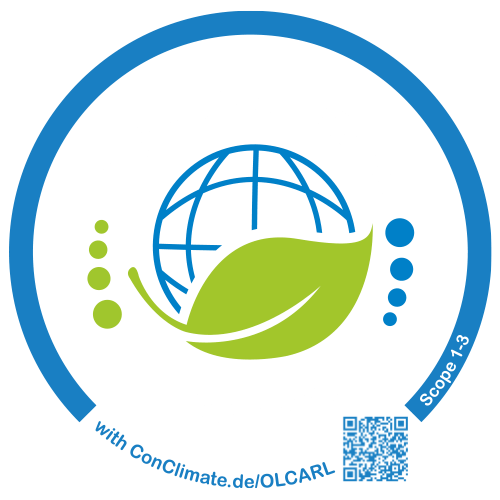What you need to know about methane and its effect on global warming
Worldwide methane emissions have hit the highest levels on record, an international team of scientists revealed recently. Representing one of the most potent greenhouse gases in the Earth's atmosphere, methane is a major contributor to global warming. But how exactly does it occur and what can society do to reduce its methane emissions?
How Methane Exists in the Atmosphere
During the last ice age (i.e. Pleistocene) and prior to the Industrial Revolution, methane maintained a regular pattern of concentration within the Earth’s atmosphere. Investigations of ice cores in Antarctica show a characteristic correlation between warm and cold periods and atmospheric methane. However, as seen in
Figure 1 below, the development of atmospheric methane over the past 800,000 years indicates a sudden dramatic rise since the Industrial Revolution.
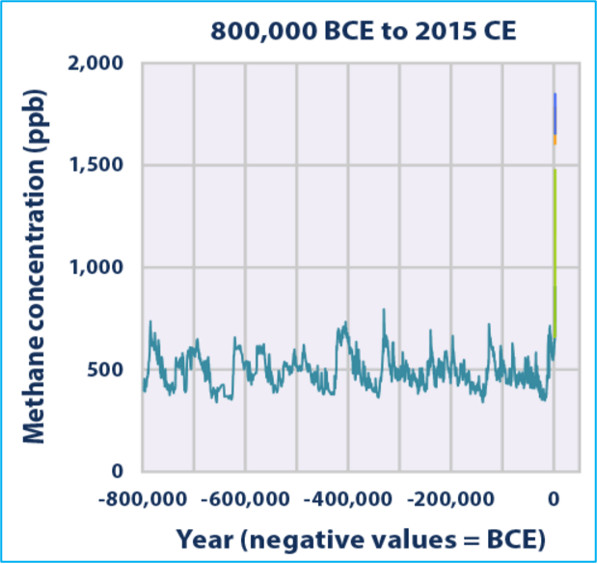
Figure 1: Concentration of atmospheric methane during the last 800,000 years. Source: U.S. Environmental Protection Agency. (https://commons. wikimedia.org/w/index.php?curid=57528703)
Methane is a much more potent greenhouse gas than carbon dioxide (CO2). Based on a 20-year period, the global warming potential of methane is 84. This means that methane traps 84 times more heat per mass unit than carbon dioxide during a 20 year period.
Since most natural and human methane sources are located on land, its concentration is higher in the northern hemisphere, where there is more land mass. Given methane's vertical atmospheric mobility, it is considered a well-mixed gas. In other words, the concentration of methane is regarded to be constant with respect to height within the troposphere. Within the stratosphere, the methane concentration declines with height.
In comparison to CO2, methane is not as persistent a gas. It has an estimated mean lifetime of nine to twelve years in the atmosphere, whereas carbon dioxide has an estimated mean lifetime of over 100 years. Methane therefore has a greater insulation effect, but for a relatively brief period.
The Atmosphere as Methane Sink
Due to photochemical processes, hydroxyl radicals (·OH) are created by reaction of singlet oxygen atoms with water vapour. Hydroxyl radicals in turn react with methane, thus consuming a significant amount of methane within the troposphere and stratosphere. This key process, which is also part of the reaction forming ozone and formaldehyde in the atmosphere, is considered the dominant sink of methane. As methane rises into the air, it reacts with the hydroxyl radical to create water vapour and a ·CH3 radical.
Methane reacts with the hydroxyl radical (·OH) to create the ·CH3 radical and water vapour:
CH4 + ·OH → CH3· + H2O
Formaldehyde being an intermediate in the oxidation of methane may be further broken down following different routes - one of which is a photochemical reaction creating carbon monoxide and hydrogen.
Under the influence of ultraviolet light, formaldehyde is split up into carbon monoxide and hydrogen:
HCHO + hv → CO + H2
As formaldehyde is highly soluble in water, it can also be washed out of the atmosphere during precipitation. Formaldehyde generally only resides within the atmosphere for a few hours.
Methane Production by Methanogenesis
Most ecological emissions of methane are related directly to microorganisms known as methanogens that generate methane in warm, moist soils as well as in the digestive tracts of certain animals. Methanogens (i.e. archaea) residing in an oxygen free milieu are able to break down organic matter existing as acetate to gain energy. The product is methane with carbon dioxide, which is released to the surrounding environment.
Certain archaea use acetate, occurring during anaerobic fermentation, to produce methane and carbon dioxide:
H3C-COOH → CH4 + CO2
Archaea may also oxidize hydrogen with carbon dioxide to produce methane and water:
4H2 + CO2 → CH4 + 2H2O
The Soil as Methane Sink
As opposed to methanogens, methanotrophic bacteria existing under aerobic soil conditions act as a sink for atmospheric methane. Methanotrophic bacteria use methane as a source of carbon to gain energy. The result is carbon dioxide and water.
Methanotrophic bacteria in soils use methane and oxygen to produce carbon dioxide and water:
CH4 + 2O2 → CO2 + 2H2O
Forest soils act as good sinks for atmospheric methane because the soil is suitably moist for methanotrophic activity, and the movement of gases between soil and air is high. Given a low water table, any methane from a lower lying oxygen depleted layer within the soil has to pass the existing methanotrophic bacteria before it can reach the atmosphere.
Natural Sources of Atmospheric Methane
1. Permafrost and wetlands
The main natural sources of continental methane are considered to be permafrost and wetlands. Methane frozen in permafrost is slowly released when permafrost melts due to rising global temperatures. In the Artic, permafrost may also exist under subsea conditions at the margin to shallow continental shelves. Scientists have shown that substantial amounts of methane are being released through perforations (i.e. holes in the permafrost sheet) within the frozen seabed.
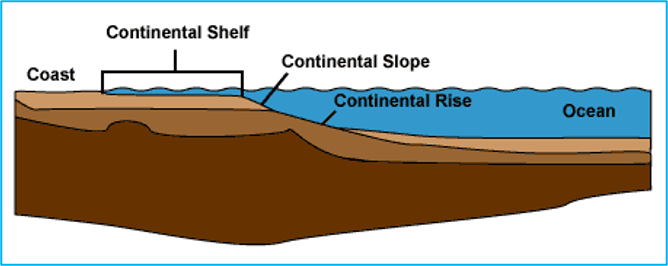
Figure 3: Continental shelf, slope and rise. Source: Wikipedia.
Wetlands feature water-saturated soils and communities of plant and animal species that have acclimated to the constant presence of water. The high level of water saturation creates ideal conditions for methane production. Some plants also enable direct passage of methane up through the roots and leaves into the atmosphere. Termites have also been found to produce a significant amount of methane.
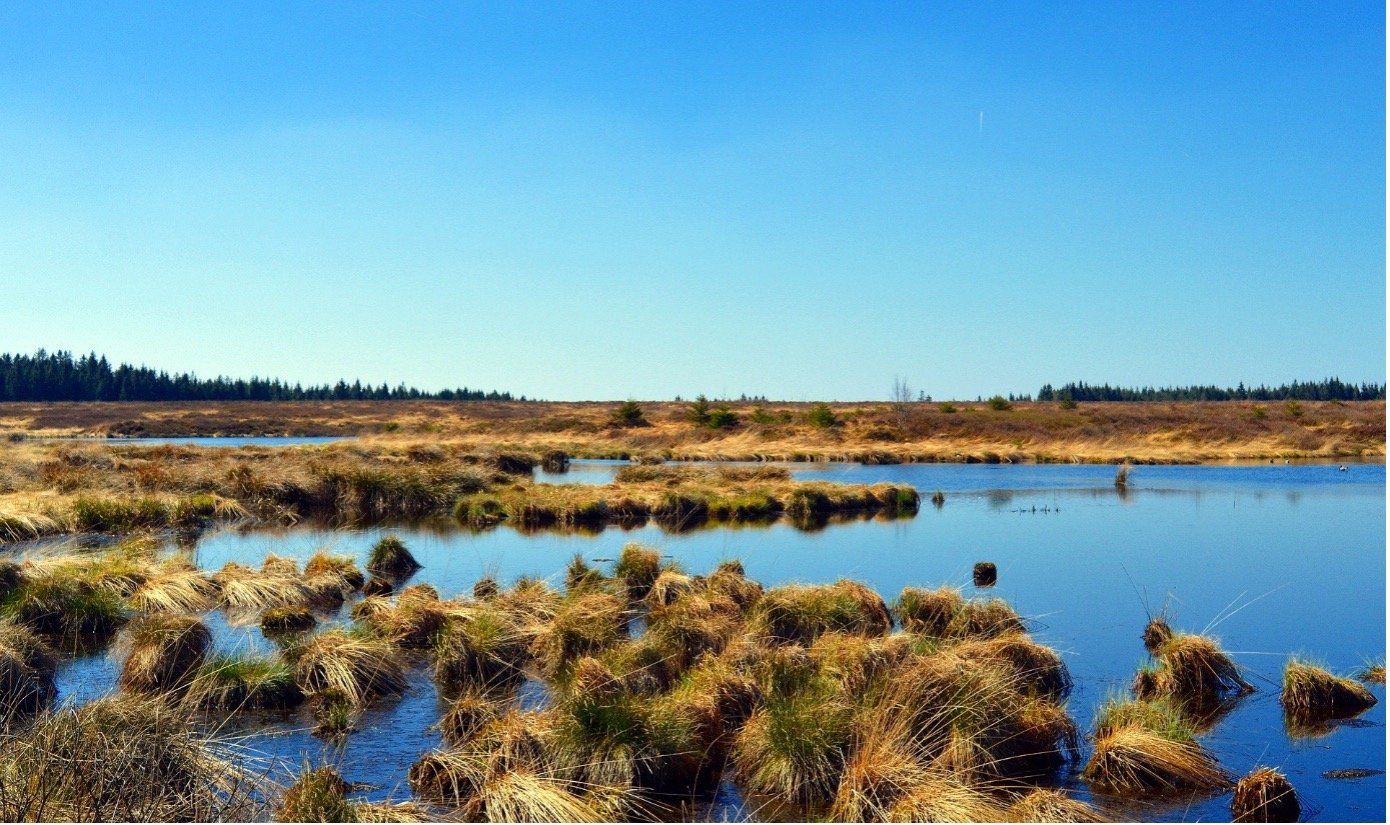
Figure 4: Wetlands, Source: Marisa04 auf pixabay.com
2. Methane hydrates
A further possible source of methane is methane hydrate, also known as methane clathrate (4CH4·23H2O). Methane hydrates within the sedimentary layer of the ocean floor were first discovered during the 1960’s and are regarded as a potential fossil fuel source. Methane hydrate is a substance which traps methane in a crystal structure of water, leading to the formation of a solid similar to ice. Ignited, it burns with a yellowy blue flame and melts to water.
The necessary conditions for the existence of methane hydrate are low temperature and high pressure. Methane hydrate is therefore only found in continental sedimentary rocks in polar regions or in oceanic sediment at water depths greater than 300 m where the bottom water temperature is around 2 °C (e.g. at the continental rise). In addition, deep fresh water lakes may contain methane hydrates (e.g. Lake Baikal, Siberia).
Based on the carbon isotope C13 ratio, the formation of methane hydrate within the sediment of the ocean floor is indicated to be primarily a process involving microbial reduction of CO2 i.e. methanogenesis. This is a different process to the abiotic conditions under which natural gas is formed. Data varies considerably regarding the quantity of available methane hydrate deposits. Some authors estimate resources to be substantially larger than the amount estimated for conventional natural gas sources.
Scientists have indicated that global warming could warm up methane hydrate sources sufficiently to cause the release of significant quantities of methane gas into the atmosphere. However, most oceanic methane hydrate deposits have been found to be less subject to climate change in comparison to other sources such as permafrost located near or at ground surface. As such, any release of methane from hydrates paleoclimatology wise would be likely to happen over a period of thousands of years or more.
Human Sources of Atmospheric Methane
Today, anthropogenic related methane emitted to the Earth’s atmosphere by far outweighs natural sources of methane. Since the beginning of the Industrial Revolution, atmospheric concentrations of methane have risen approximately by 250%. Figure 5 shows that global methane concentrations have risen from approx. 1800 ppb in 1988 to 2000 ppb today.
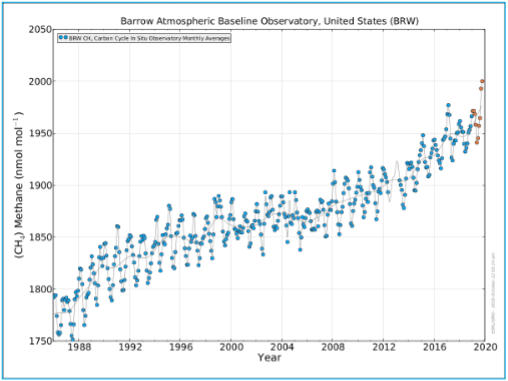
Figure 5: Arctic atmospheric methane concentrations measured in Alaska from 1988 to 2020. Source: NOAA Global Monitoring Laboratory. (http://www.esrl.noaa.gov/gmd/dv/iadv/graph.php?code=MLO&program=ccgg&type=ts https://commons.wikimedia.org/w/index.php?curid=17730540)
Major sources of human related methane are fires, conversion of valuable natural biotopes to agricultural land, livestock, rice paddies, landfills, wastewater treatment facilities and the exploitation of fossil fuels.
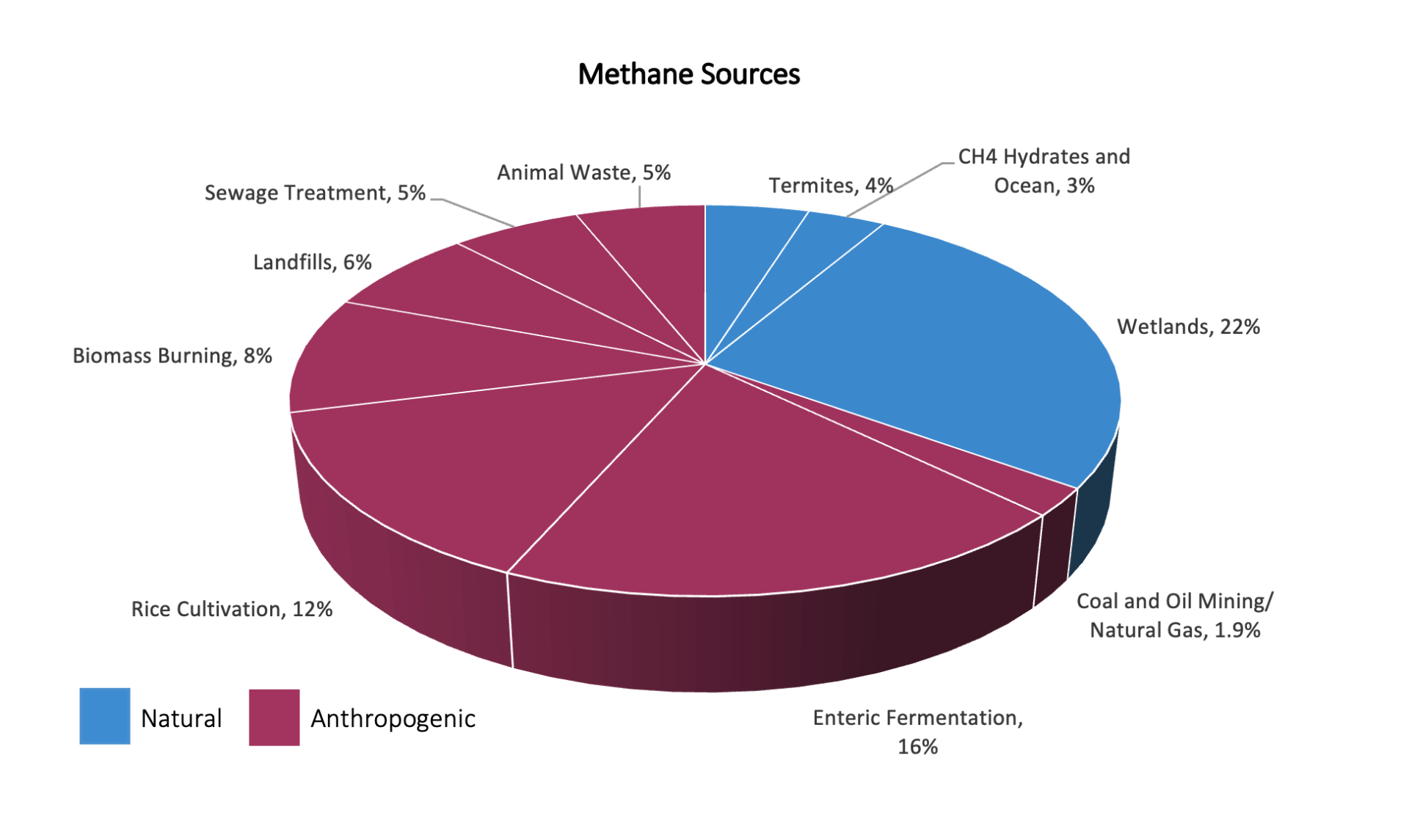
Figure 6: Natural and anthropogenic methane sources. Source: NASA Goddard Institute for Space Studies. [By Harvey Augenbraun, Elaine Matthews, and David Sarma - National Aeronautics and Space Administration, Goddard Institute for Space Studies, GISS Institute on Climate and Planets, The Global Methane Cycle http://icp.giss.nasa.gov/education/methane/intro/cycle.html, Public Domain, https://commons.wikimedia.org/w/index.php?curid=47592896]
Methane is emitted when living and dead organic matter is incompletely burnt. While natural forest fires are a source of methane emissions, most biomass burning results from human activity. Conversion of natural environments into agricultural land leads to higher amounts of soil nitrogen. Nitrogen in the soil inhibits methane oxidation, weakening methanotrophic bacteria’s role as sinks.
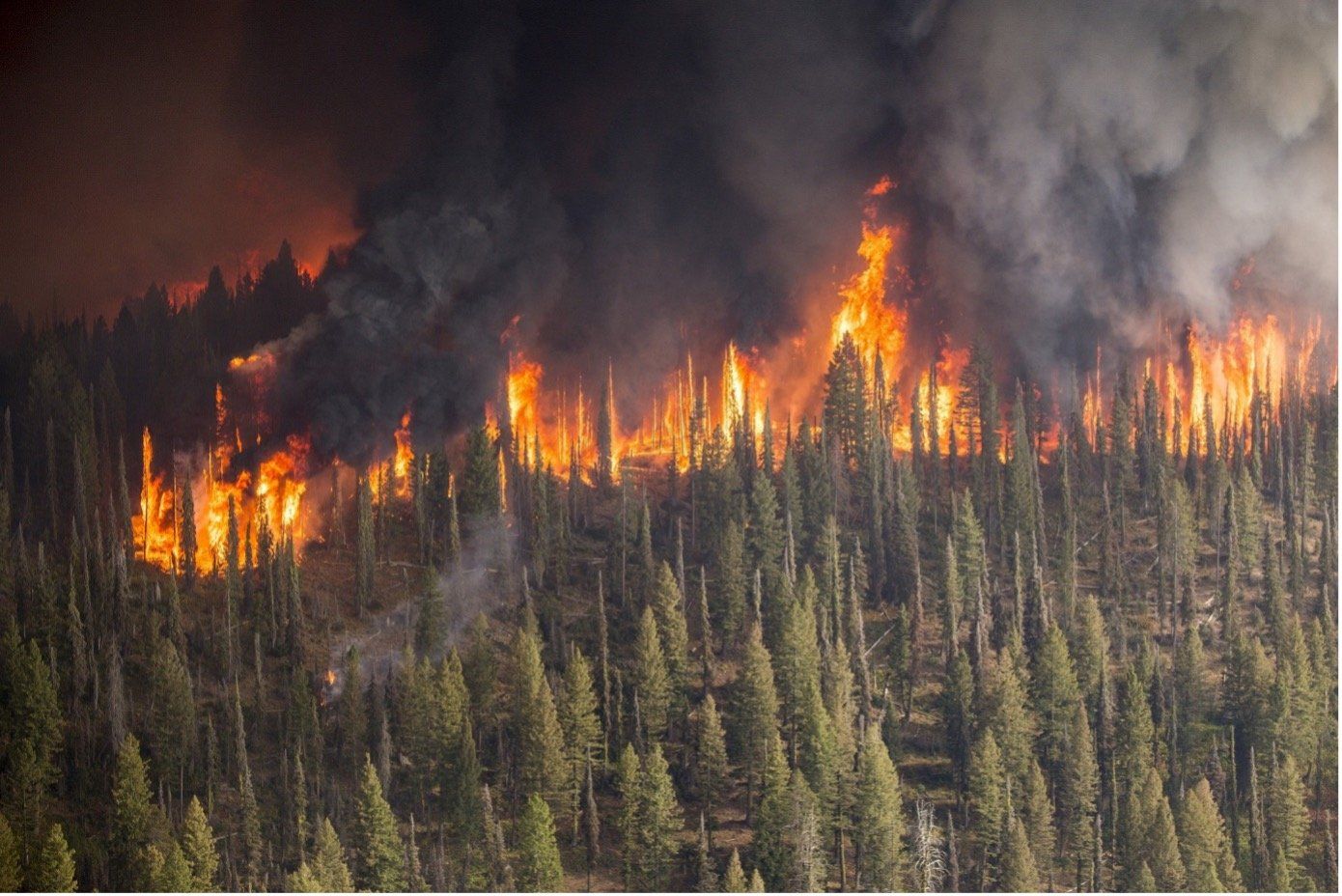
Figure 7: Forest fires, Source: skeeze auf pixabay.com
The digestion system of ruminant livestock releases relevant quantities of methane. Microorganisms, breaking down difficult to digest material in the guts of animals, produce methane that is then released during defecation. Rice paddies are also considered to account for some of the total anthropogenic methane emission. Other urban related sources of methane are landfills and waste water treatment facilities.
Natural gas consists mainly of methane, which has been formed by the thermal breakdown of organic matter under high pressure and temperature within the Earth’s crust. As is the case with crude oil, natural gas is derived from marine organisms that have been deposited together with other sediments such as sand and silt over millions of years on the sea bed. With increasing thickness of the overlying sediment layers, appropriate temperature and pressure is reached to cause the breakdown of organic matter.
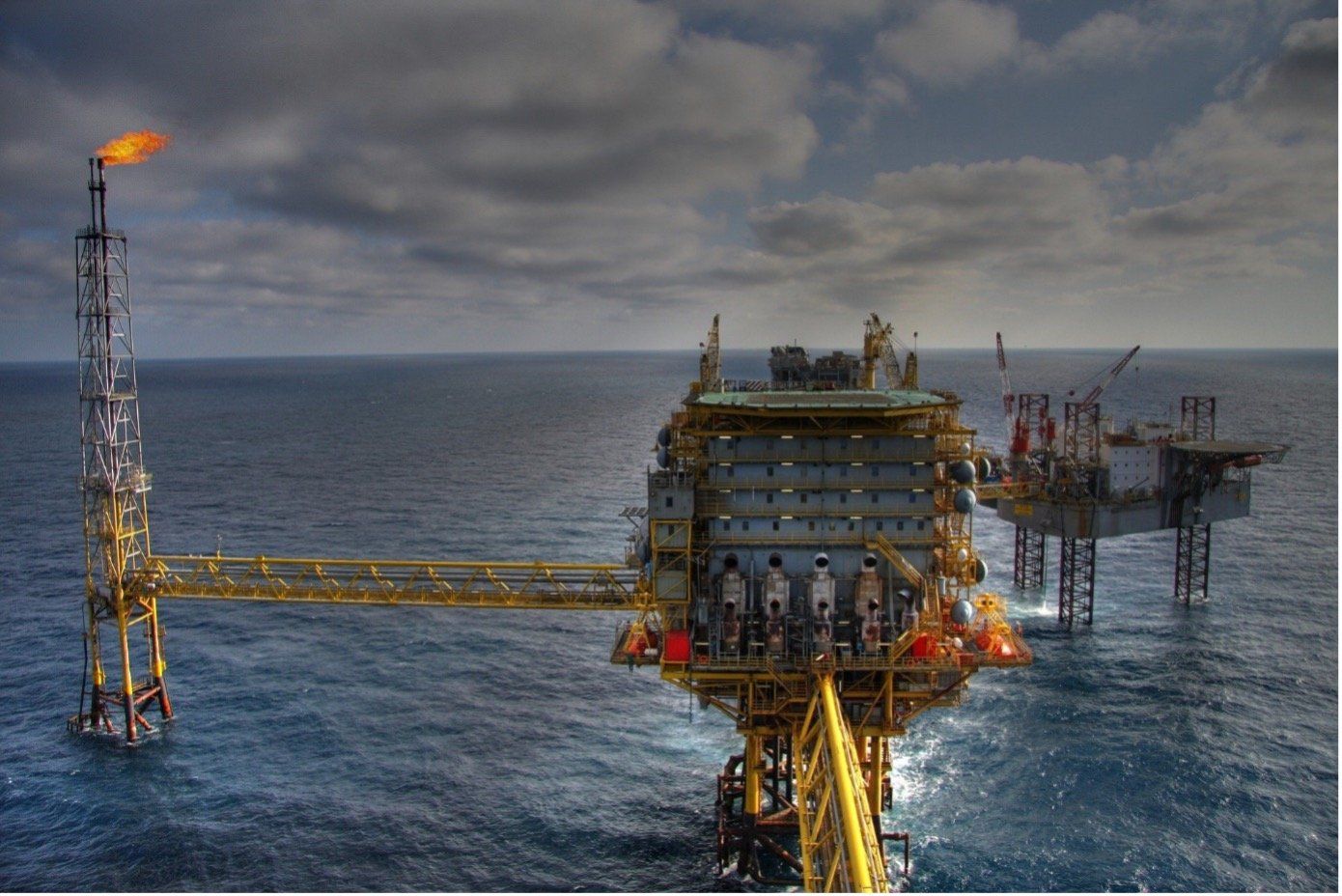
Figure 8: Oil rig, Source: kristinakasp auf pixabay.com
Although natural gas is a natural source of methane, methane emissions are primarily created by human activity. The exploitation of fossil fuels is estimated to account for about 20% of all methane emissions. Methane escapes to the atmosphere during the production, processing, storage, transmission, and distribution of natural gas. It is also emitted while exploiting and processing crude oil. In addition, large quantities of methane escape from active and decommissioned coal mines.
The Vicious Cycle and Countermeasures
It is important to realize that several of the above mentioned methane sources are either directly or indirectly affected by rising global temperatures. Activity of methane producing organisms (i.e. methanogenesis) is likely to increase with rising temperatures and the melting of permafrost soils will accelerate. Wild fires, an increasingly growing threat, are related to higher global temperatures.
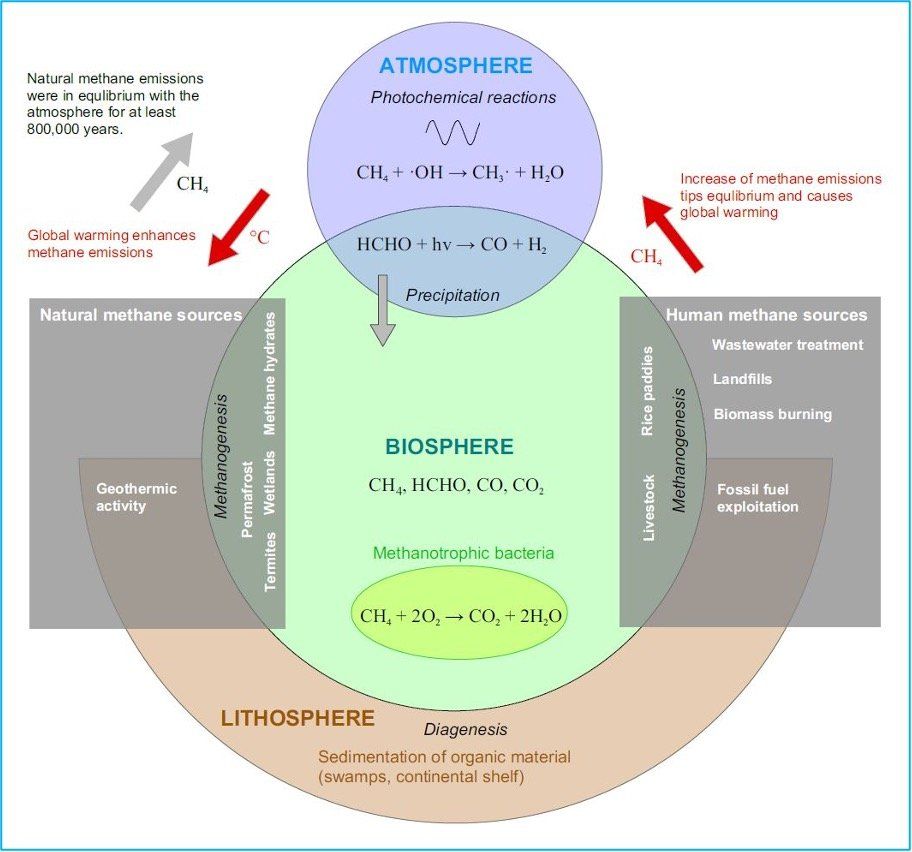
Figure 9: The vicious methane cycle caused by human methane emissions and global warming. Source: George Lindemann.
Given the threat of global warming, more needs to be done to reduce the release of human related methane. New and improved methods are required both in developed and developing countries to reduce agricultural, urban and fossil fuel related methane emissions.
The International Energy Agency (IEA) reports that there is plenty of opportunity to cost-effectively mitigate emissions from oil and gas operations. Unlike carbon dioxide, methane has commercial value and any additionally captured methane is economical. According to the IEA, it is technically possible to avoid around three quarters of today’s methane emissions from global oil and gas operations. Even more significantly, around 40% of current oil and gas methane emissions could be avoided at no additional cost at all.

Figure 10: Deforestation, Source: MemoryCatcher auf pixabay.com
A lot more also needs to be done to protect our natural soil sinks. More resources and effort need to be invested in firefighting and a solution needs to be found to regulate and minimize the conversion of forests and natural environments into agricultural or urban land. Especially the Amazon rainforest is being depleted at an alarming rate.

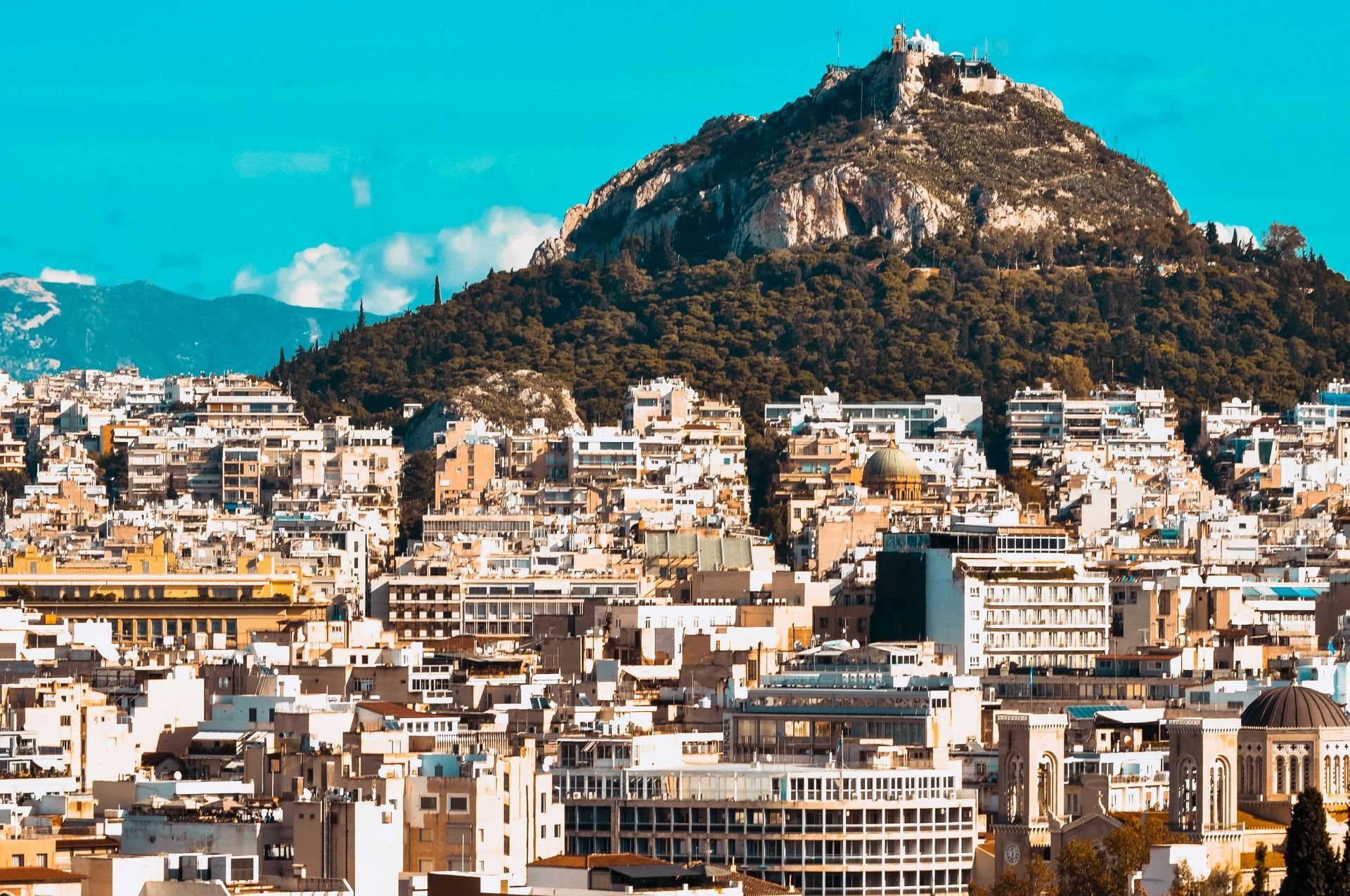




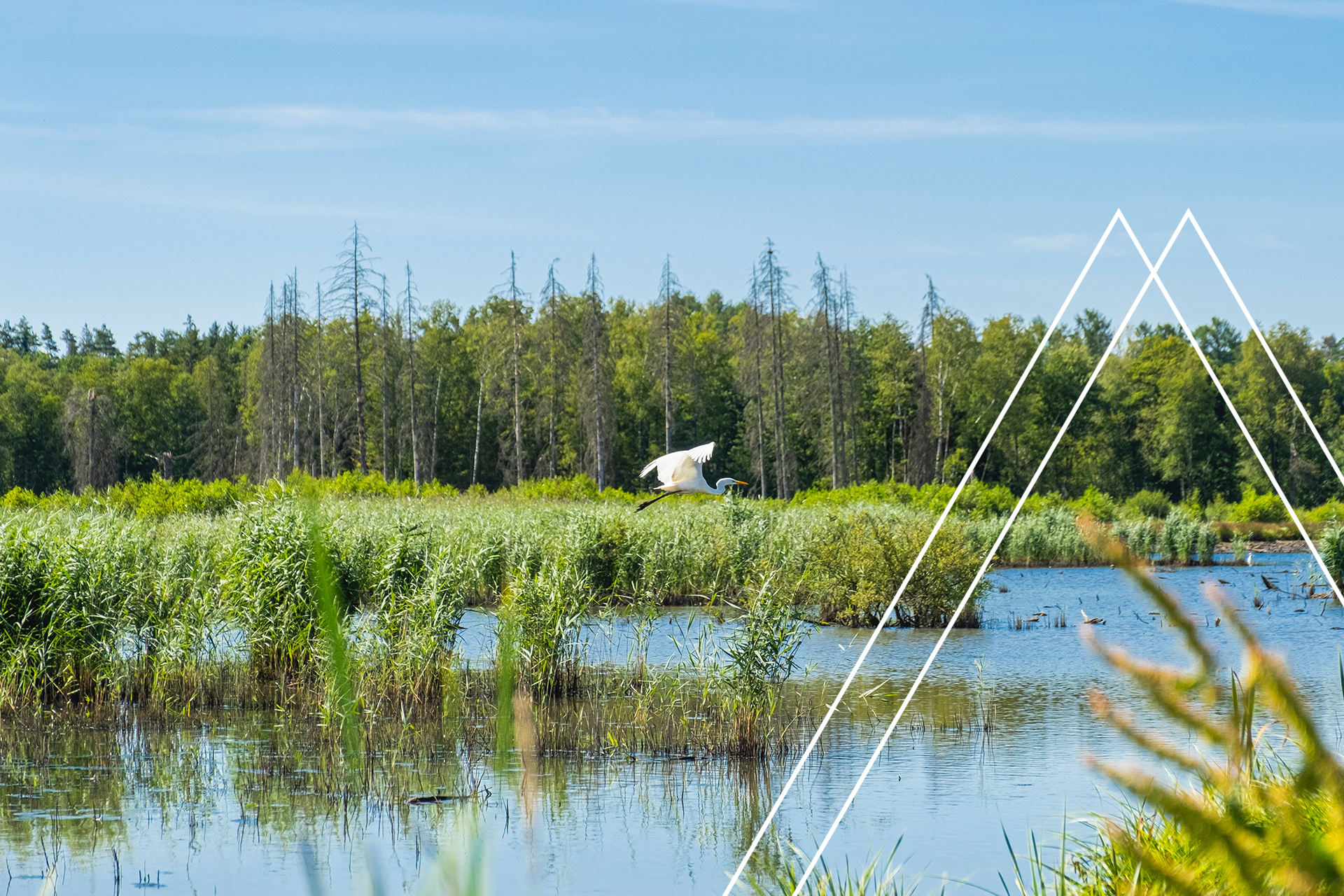
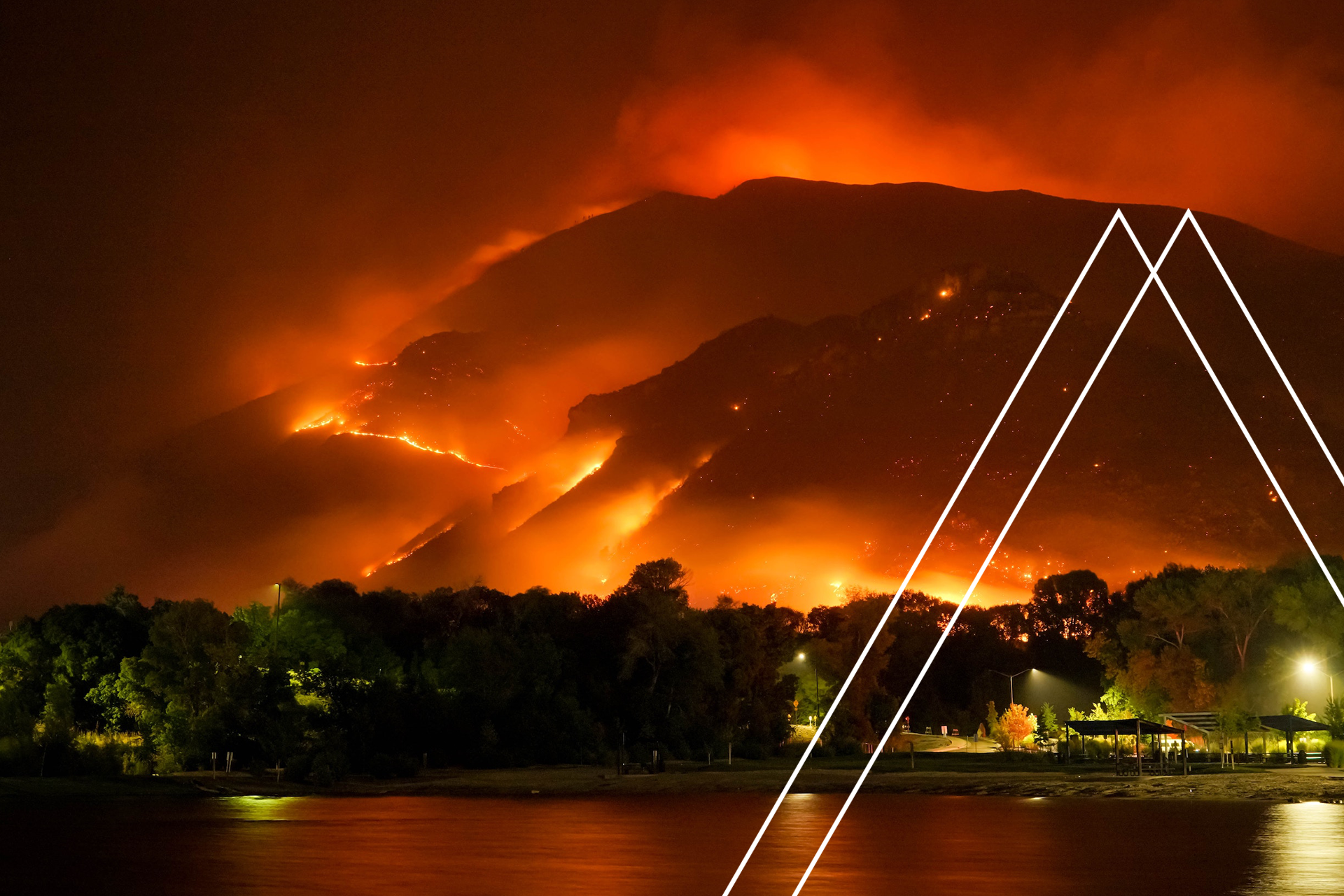

Head Office, Berlin,
Neue Grünstraße 17 | 18 Hof 1 | TRH 3
10179 Berlin
© ES EnviroSustain GmbH 2021



